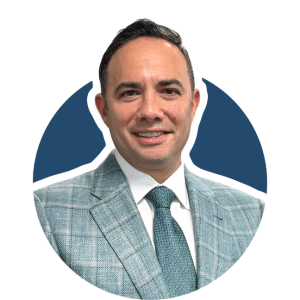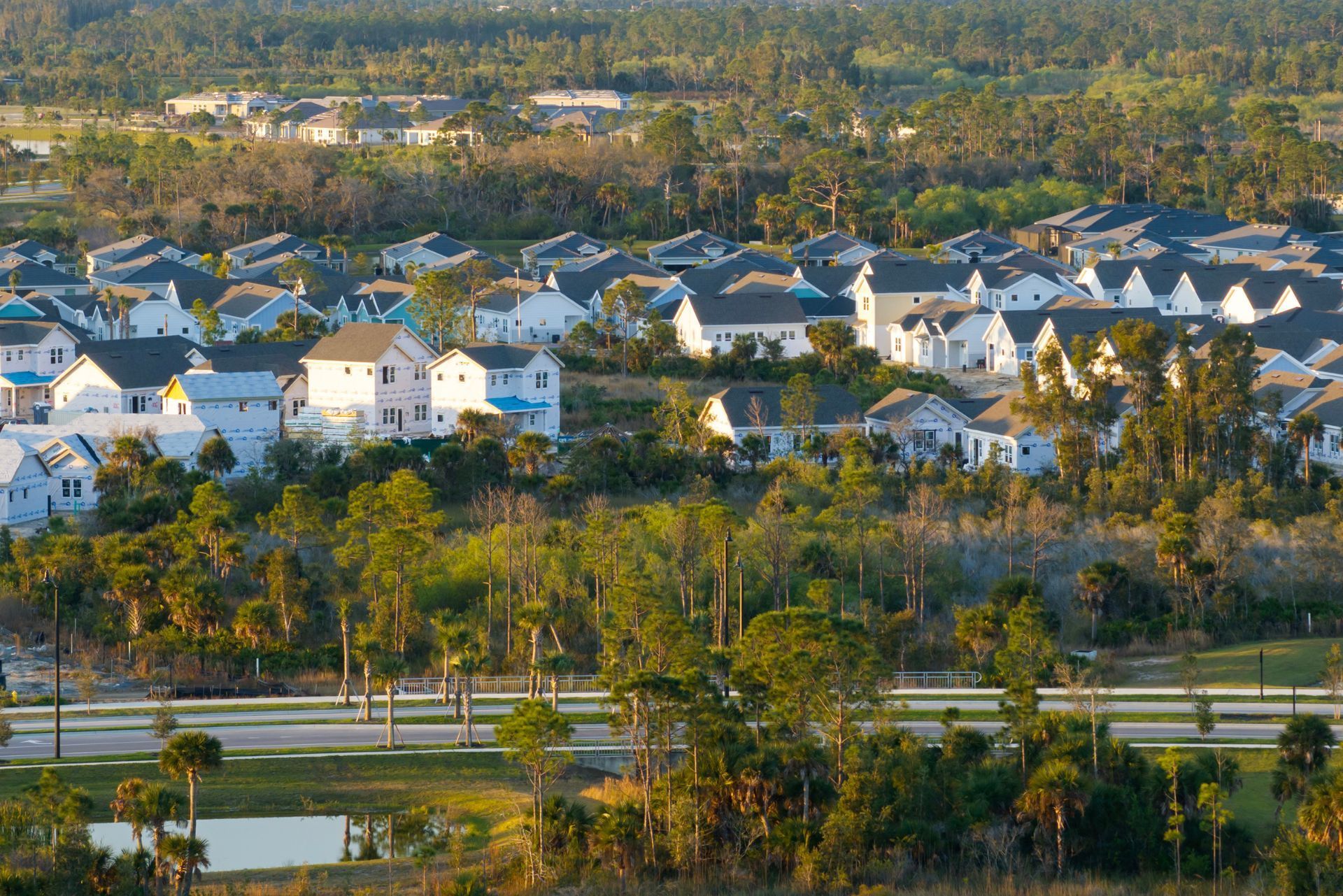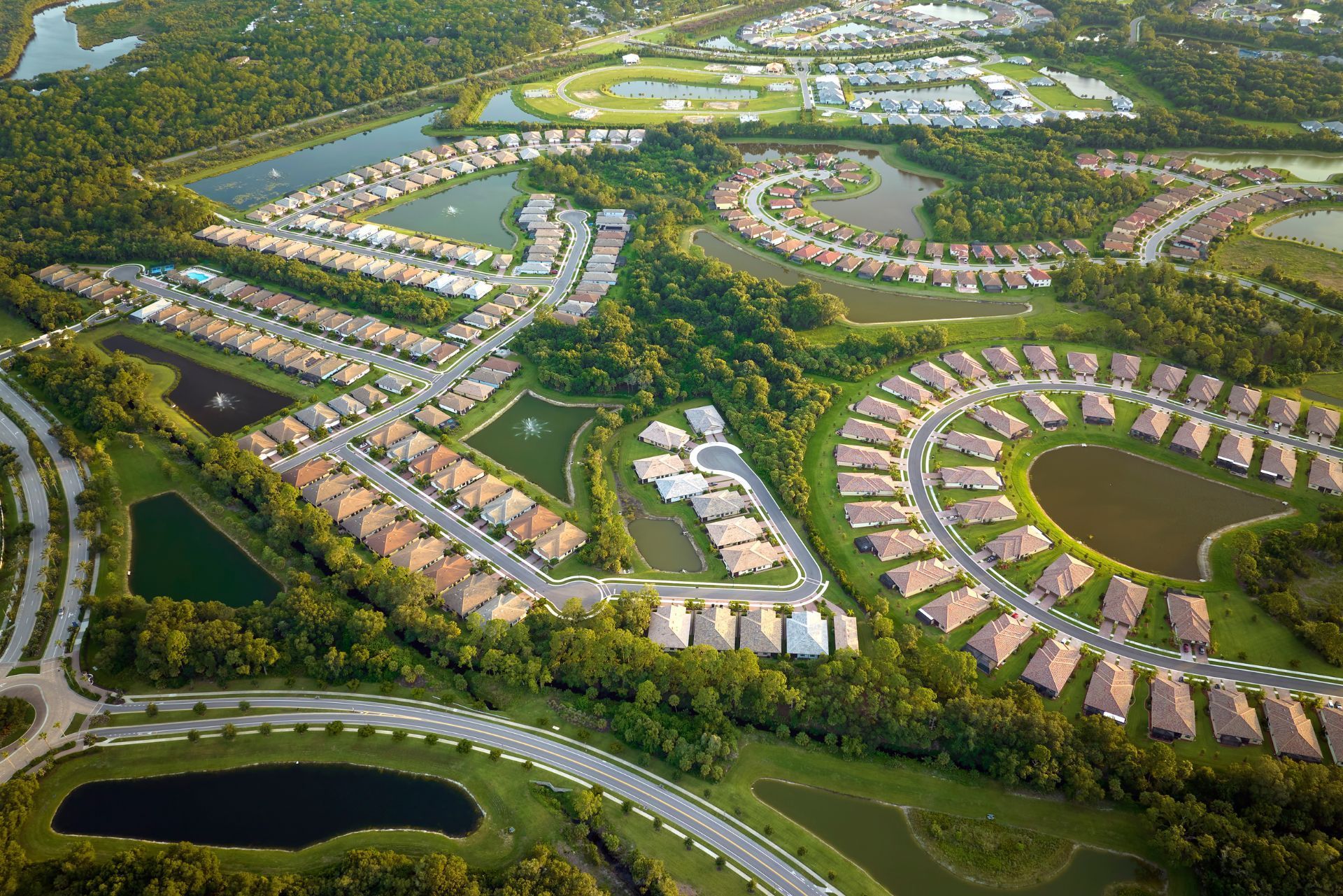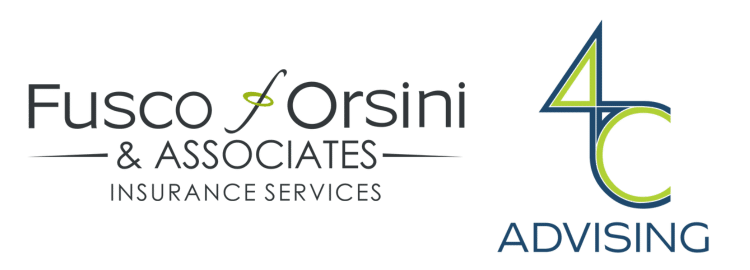Top 3 Recommended Policies

Homeowners' Associations (HOAs) play a vital role in managing and maintaining residential communities across Washington State. With the industry projected to reach $280.5 million in revenue by 2025, encompassing 431 establishments and nearly 1,800 employees, understanding the nuances of HOA insurance has never been more important for board members, residents, and housing providers alike. This guide dives deep into the essentials of HOA insurance in Washington, exploring current market trends, challenges, and key considerations to help you navigate this complex landscape confidently. For those interested in the broader industry outlook, the IBISWorld report on Washington HOAs offers detailed insights.
Understanding the Importance of HOA Insurance in Washington
Insurance is the backbone of financial protection for HOAs, safeguarding communities against unexpected losses and liabilities. Given the increasing complexity of property management and the rising costs associated with claims, having comprehensive insurance coverage is essential to protect both the association and its homeowners.
Washington’s HOA industry is growing steadily, and with that growth comes increased exposure to risks such as property damage, liability claims, and natural disasters. Without adequate insurance, HOAs could face significant financial burdens that might translate into higher fees or special assessments for homeowners.
Moreover, the insurance landscape is evolving rapidly, with multifamily insurance costs rising by 26% over the past year alone, marking the 22nd consecutive quarter of increases, according to the National Multifamily Housing Council. This trend underscores the importance of staying informed and proactive when it comes to HOA insurance policies.
In addition to property damage and liability claims, HOAs in Washington must also consider the implications of natural disasters, particularly in regions prone to earthquakes, floods, and wildfires. These events can lead to extensive damage not only to common areas but also to individual units, which can complicate insurance claims and recovery efforts. Therefore, it is vital for HOAs to work closely with insurance professionals who understand the specific risks associated with their geographic location and can tailor coverage accordingly. This proactive approach can help mitigate the financial impact of such disasters and ensure a quicker recovery for the community.
Furthermore, the role of education in understanding HOA insurance cannot be overstated. Many homeowners may not fully grasp the intricacies of their association's insurance policies, including what is covered and what is not. Regular workshops or informational sessions can empower residents, helping them to make informed decisions regarding their own insurance needs and to understand the collective responsibility of maintaining adequate coverage for the community. By fostering a culture of awareness and preparedness, HOAs can enhance their resilience against unforeseen events and promote a stronger sense of community among residents.
Key Types of HOA Insurance Coverage
Property Insurance
Property insurance is fundamental for HOAs, covering damages to common areas such as clubhouses, pools, landscaping, and exterior building structures. This coverage protects against risks like fire, vandalism, and weather-related damage.
Given Washington’s varied climate, including heavy rains and occasional windstorms, property insurance is crucial. It ensures that repair and replacement costs don’t fall solely on homeowners, preserving the community’s financial stability. Additionally, this insurance often includes coverage for equipment and personal property owned by the HOA, such as lawnmowers, maintenance tools, and furniture in common areas. This comprehensive approach not only safeguards physical assets but also enhances the overall appeal and functionality of the community’s shared spaces, fostering a sense of pride among residents.
Liability Insurance
Liability insurance protects the HOA from legal claims arising from injuries or damages occurring on common property. For example, if a visitor slips and falls in a community park or pool area, liability insurance helps cover legal fees and medical expenses.
A 2025 study by the Washington State Office of the Insurance Commissioner analyzed thousands of liability policies and found that the market remains reasonably stable, with an annual per-bed premium of $424 and a projected loss ratio of 40%. This suggests that liability insurance is both essential and financially manageable for housing providers. Furthermore, many HOAs choose to enhance their liability coverage with umbrella policies, which provide an extra layer of protection against large claims that exceed standard policy limits, ensuring that the community is well-prepared for unexpected incidents.
Directors and Officers (D&O) Insurance
D&O insurance is designed to protect HOA board members from personal liability related to their governance decisions. It covers legal costs and settlements arising from allegations of mismanagement, breach of fiduciary duty, or other claims.
Given the increasing scrutiny and legal complexities facing HOAs, this coverage is becoming more critical. It helps attract qualified board members by mitigating personal financial risks associated with their volunteer roles. Additionally, D&O insurance can foster a more engaged and proactive board, as members are likely to feel more secure in making decisions that benefit the community without the fear of personal repercussions. As HOAs navigate the complexities of community management, having this insurance can also promote transparency and accountability, encouraging board members to uphold their responsibilities with confidence.

Challenges Facing HOA Insurance in Washington
Rising Insurance Premiums
One of the most pressing challenges for HOAs in Washington is the steady increase in insurance premiums. Multifamily insurance costs have surged by 26% in the last year, a trend that has persisted for over five years. This escalation puts pressure on HOA budgets, often forcing tough decisions about coverage levels versus affordability.
Insurance providers are responding to a combination of factors, including increased claims frequency, higher repair costs, and broader market instability. For HOAs, this means carefully reviewing policies annually and exploring options such as higher deductibles or bundled coverages to manage costs. Furthermore, the impact of natural disasters, such as wildfires and floods, has intensified the scrutiny on risk assessment, leading insurers to adjust their pricing models. As a result, many HOAs are finding themselves in a precarious position, balancing the need for comprehensive coverage against the reality of rising costs, which can lead to difficult discussions among board members and residents alike.
Reinsurance and Financial Stability
Reinsurance—the insurance that insurance companies purchase to protect themselves from large losses—is a critical component of the overall stability of HOA insurance providers. In July 2023, the Homeowners of America Insurance Company secured approximately $147 million in supplemental reinsurance coverage, replacing about 84% of its previous reinsurance arrangements. This move strengthens the company’s ability to handle large claims and maintain reliable coverage for HOAs.
Additionally, in November 2023, Homeowners of America Insurance Company earned an 'A, Exceptional' Financial Stability Rating from Demotech, Inc., signaling strong financial health and reliability. Such ratings are vital for HOAs when selecting insurance carriers, ensuring that claims will be paid promptly and policies honored. The importance of this stability cannot be overstated, as it directly affects the peace of mind for residents who depend on their HOA to manage risks effectively. With a solid reinsurance backing, HOAs can feel more secure in their choice of provider, knowing that they have a partner capable of weathering financial storms and fulfilling their obligations, even in challenging times.
Increasing Number of Uninsured Homeowners
Another concerning trend is the rise in uninsured homeowners. Estimates from 2023 indicate that 12% of homeowners in Washington were uninsured in 2022, more than doubling from 5% in 2019. This trend poses a risk not only to individual homeowners but also to HOAs, as uninsured residents may be unable to cover damages or liabilities that affect the community.
Mark Friedlander, director of corporate communications for the Insurance Information Institute, emphasizes the risks: “It’s very unrealistic for any homeowner to think they can pay for catastrophic losses out of pocket.” HOAs must therefore encourage residents to maintain adequate insurance coverage to protect themselves and the community. This challenge is compounded by the fact that many homeowners may not fully understand the complexities of their insurance needs or the potential financial repercussions of being underinsured. Educational initiatives, such as workshops or informational sessions, can play a crucial role in raising awareness and fostering a culture of responsibility among residents. By promoting a better understanding of insurance options and the importance of coverage, HOAs can help mitigate the risks associated with uninsured homeowners and strengthen the overall resilience of their communities.

Best Practices for Managing HOA Insurance
Regular Policy Reviews and Updates
Insurance needs evolve over time as communities grow, age, and face new risks. HOAs should conduct annual reviews of their insurance policies to ensure coverage remains adequate and cost-effective. Engaging with insurance brokers who specialize in HOA coverage can provide valuable insights and options tailored to specific community needs. These professionals can help identify emerging risks, such as those related to climate change or increased liability concerns, and suggest appropriate adjustments to coverage. Furthermore, it is beneficial for HOAs to stay informed about changes in state laws or regulations that may impact insurance requirements, ensuring that their policies are compliant and protective of the community’s interests.
Risk Management and Loss Prevention
Proactive risk management can reduce insurance claims and premiums. This includes regular maintenance of common areas, timely repairs, safety audits, and clear communication with homeowners about their responsibilities. By minimizing hazards, HOAs can create safer environments and demonstrate to insurers that they are a lower-risk client. Implementing a comprehensive risk management plan can also involve training for staff and volunteers on emergency procedures and safety protocols, which not only enhances community safety but can also lead to lower insurance costs. Additionally, HOAs might consider investing in technology solutions, such as surveillance cameras or smart lighting in common areas, which can deter vandalism and enhance overall security.
Transparent Communication with Homeowners
Keeping homeowners informed about insurance matters fosters trust and cooperation. Transparent discussions about coverage limits, premiums, and any changes in policies help residents understand the importance of insurance and the financial implications for the community. Regular newsletters or community meetings can serve as platforms for these discussions, allowing homeowners to voice concerns and ask questions. Moreover, providing educational resources about the types of coverage available, such as liability, property, and flood insurance, can empower residents to make informed decisions regarding their own policies.
Additionally, encouraging homeowners to maintain their own insurance policies complements the HOA’s coverage and reduces gaps that could lead to disputes or uncovered losses. HOAs can facilitate workshops or provide access to resources that explain the significance of personal liability coverage and the benefits of having adequate homeowner's insurance. This collaborative approach not only strengthens the community's overall risk management strategy but also fosters a culture of shared responsibility, where each homeowner plays a part in safeguarding the community's assets and well-being.
The Future of HOA Insurance in Washington
As Washington’s HOA industry continues to grow, so will the complexity of insurance needs. Market trends suggest that premium increases may persist, driven by broader economic factors and increased claims activity. However, the financial stability of leading insurers and the availability of robust reinsurance coverage provide a solid foundation for the industry.
Technology and data analytics are expected to play a larger role in underwriting and risk assessment, potentially offering more customized and cost-effective insurance solutions for HOAs. Meanwhile, ongoing regulatory oversight and studies, such as those conducted by the Washington State Office of the Insurance Commissioner, will help ensure market fairness and transparency.
For those seeking deeper insights into the Washington HOA market, the latest industry report from IBISWorld provides comprehensive data and forecasts.
As the landscape of HOA insurance evolves, it is essential for community managers and board members to stay informed about emerging trends and best practices. The integration of artificial intelligence in claims processing, for example, promises to streamline operations and enhance customer service. By automating routine tasks, insurers can focus on more complex claims, ensuring that residents receive timely and fair resolutions. This shift not only improves efficiency but also fosters trust between HOAs and their insurance providers.
Moreover, as climate change continues to impact weather patterns, HOAs may face unique challenges related to property damage and liability. Increased incidences of flooding, wildfires, and other natural disasters necessitate a reevaluation of existing coverage policies. Insurers are likely to respond by developing specialized products tailored to the specific risks faced by communities in Washington, ensuring that they are adequately protected against unforeseen events. This proactive approach will not only safeguard the assets of HOAs but also enhance the overall resilience of communities in the face of environmental changes.
Conclusion
Washington HOAs face a dynamic and sometimes challenging insurance environment. Rising premiums, increasing liability risks, and a growing number of uninsured homeowners all underscore the need for careful planning and expert guidance. By understanding the types of coverage available, monitoring market trends, and adopting best practices in risk management and communication, HOAs can protect their communities effectively.
Staying informed about the financial health of insurance providers, such as the Homeowners of America Insurance Company’s exceptional rating, and the evolving insurance landscape will empower HOAs to make smart, sustainable decisions for years to come.
Contact Us
Phone
Location




